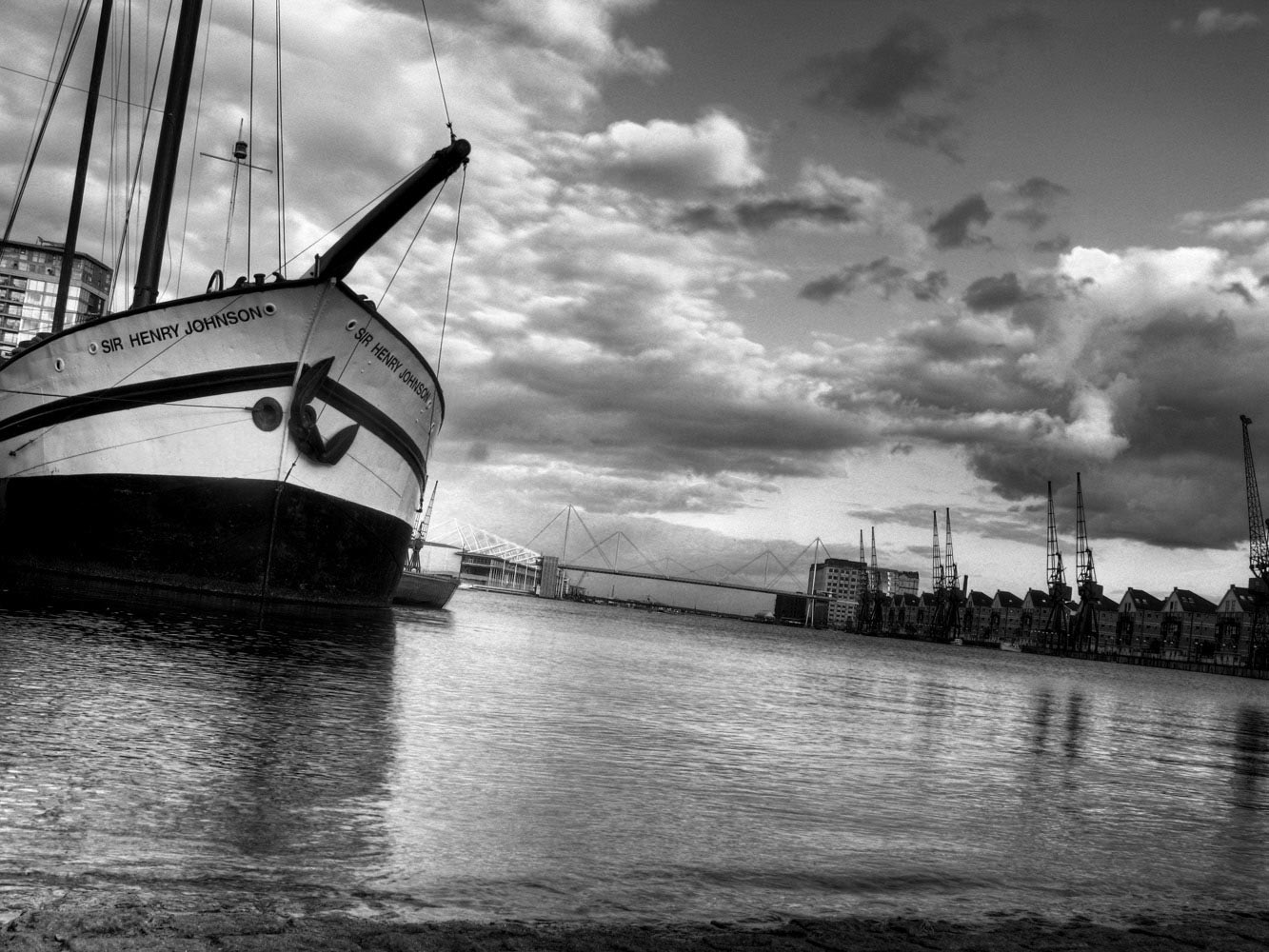

London Docklands Information & History
In Roman and medieval times, ships tended to dock at small quays in an area known as the Pool of London. However, this gave no protection against the elements or thieves. The Howland Great Dock in Rotherhithe (built 1696 and later forming the core of the Surrey Commercial Docks) was designed to address these problems, providing a large, secure and sheltered anchorage with room for 120 large vessels. It was a major commercial success and provided for two phases of expansion during the Georgian and Victorian eras. The first of the Georgian docks was the West India (opened 1802), followed by the London (1805), the East India (also 1805), the Surrey (1807), St Katharine (1828) and the West India South (1829). The Victorian docks were mostly further east, comprising the Royal Victoria (1855), Millwall (1868) and Royal Albert (1880). The King George V was a late addition in 1921. The London Docklands was bombed during the Second World War, and was hit by over 2,500 bombs. Following post-war rebuilding they experienced a resurgence of prosperity in the 1950s. The end came suddenly, between approximately 1960 and 1970, when the shipping industry adopted a new system of cargo transportation. London's docks were unable to accommodate the much larger vessels, which lead to the closure of the all docks by 1980. More at wikipedia | Also read royaldockstrust.org.uk >
View Photos of the London Docklands | Buy Prints



